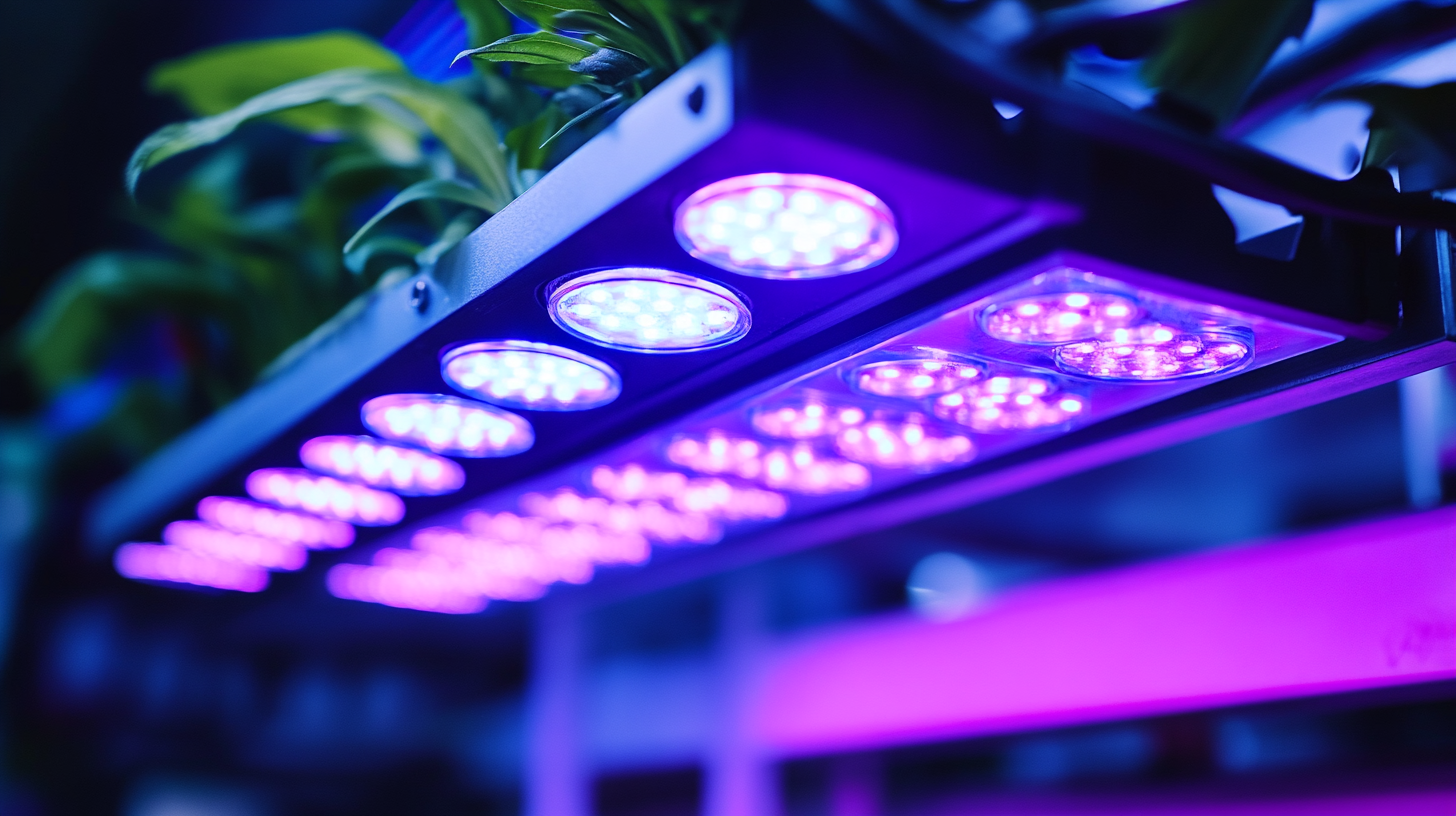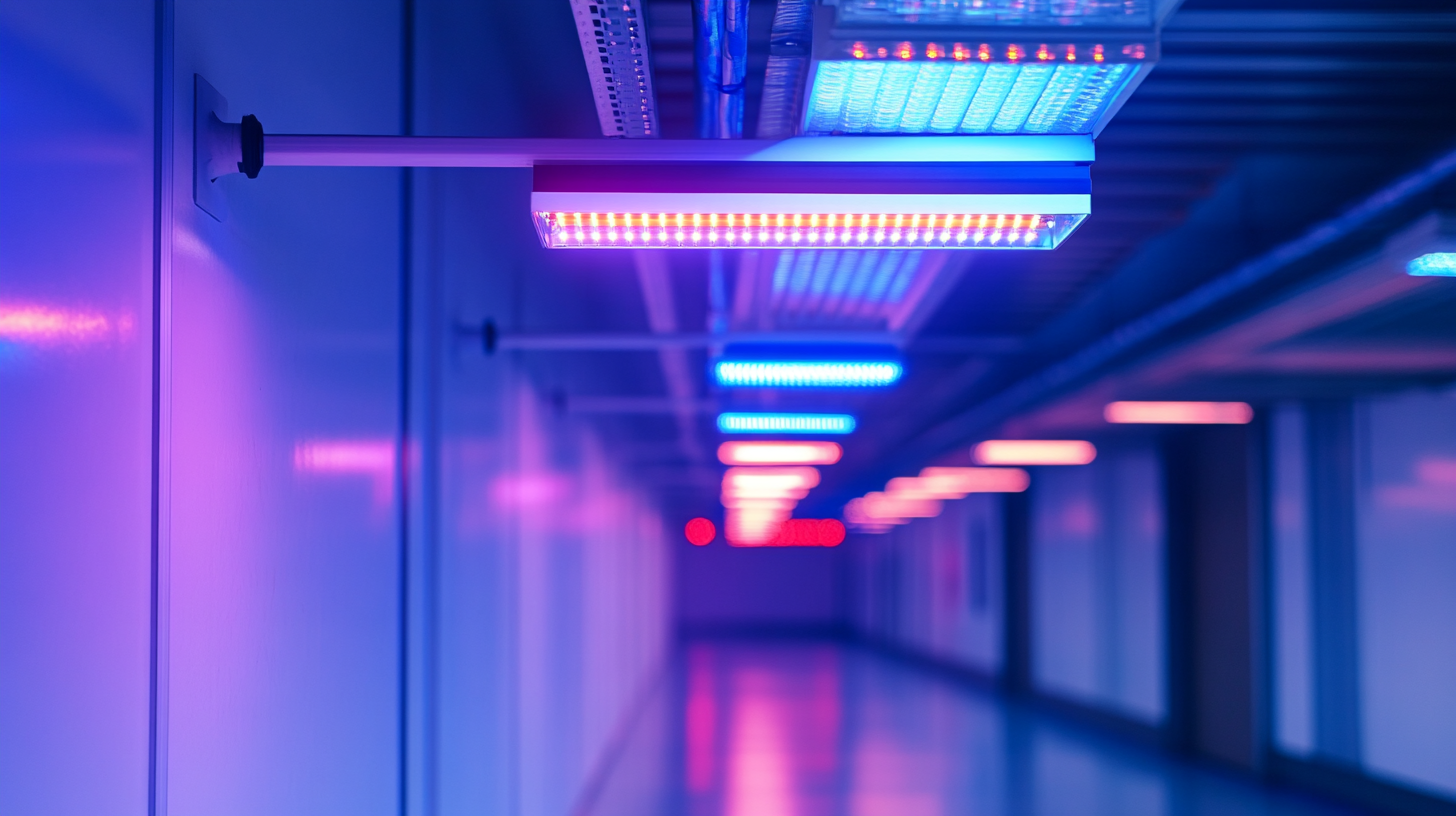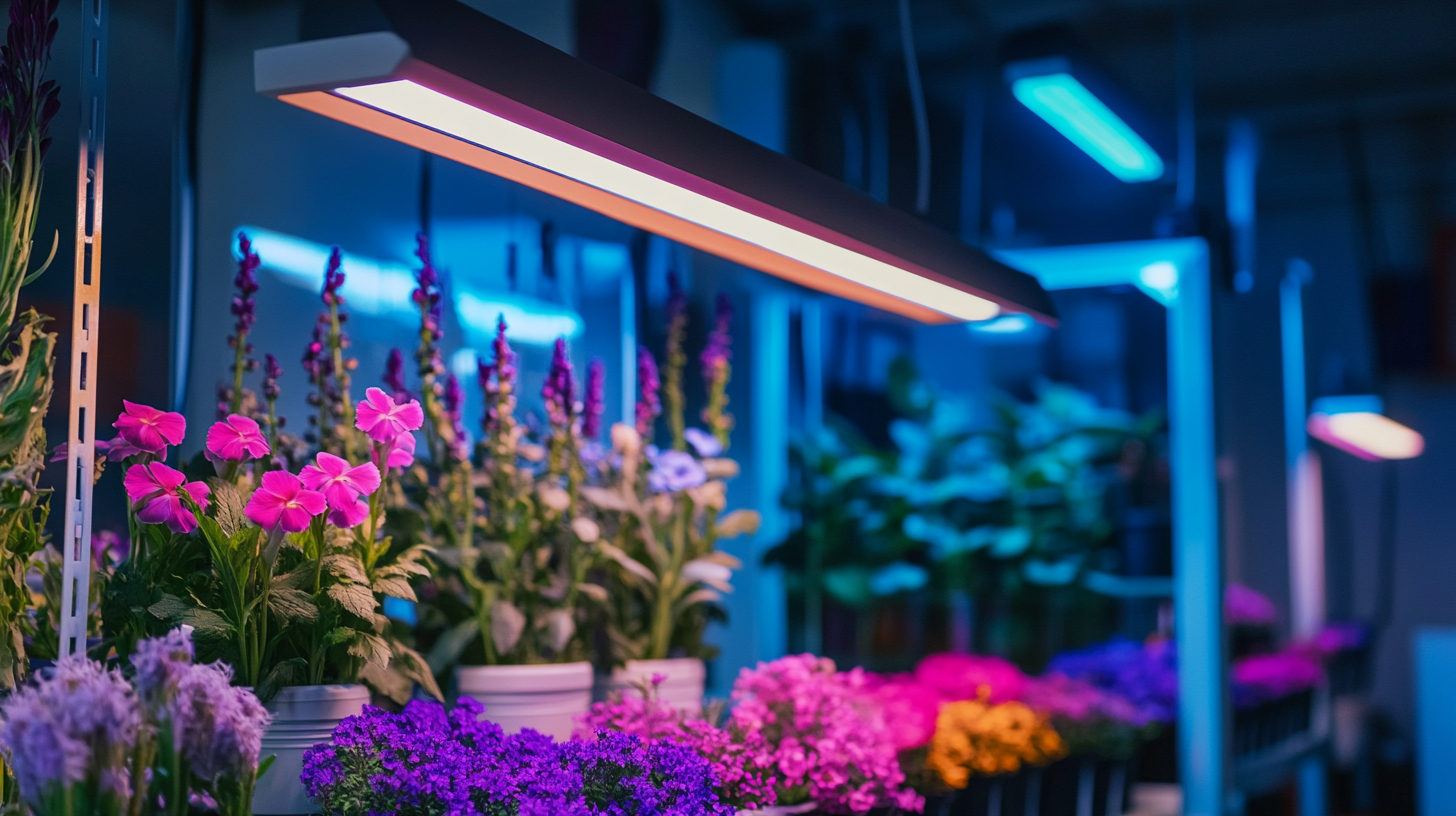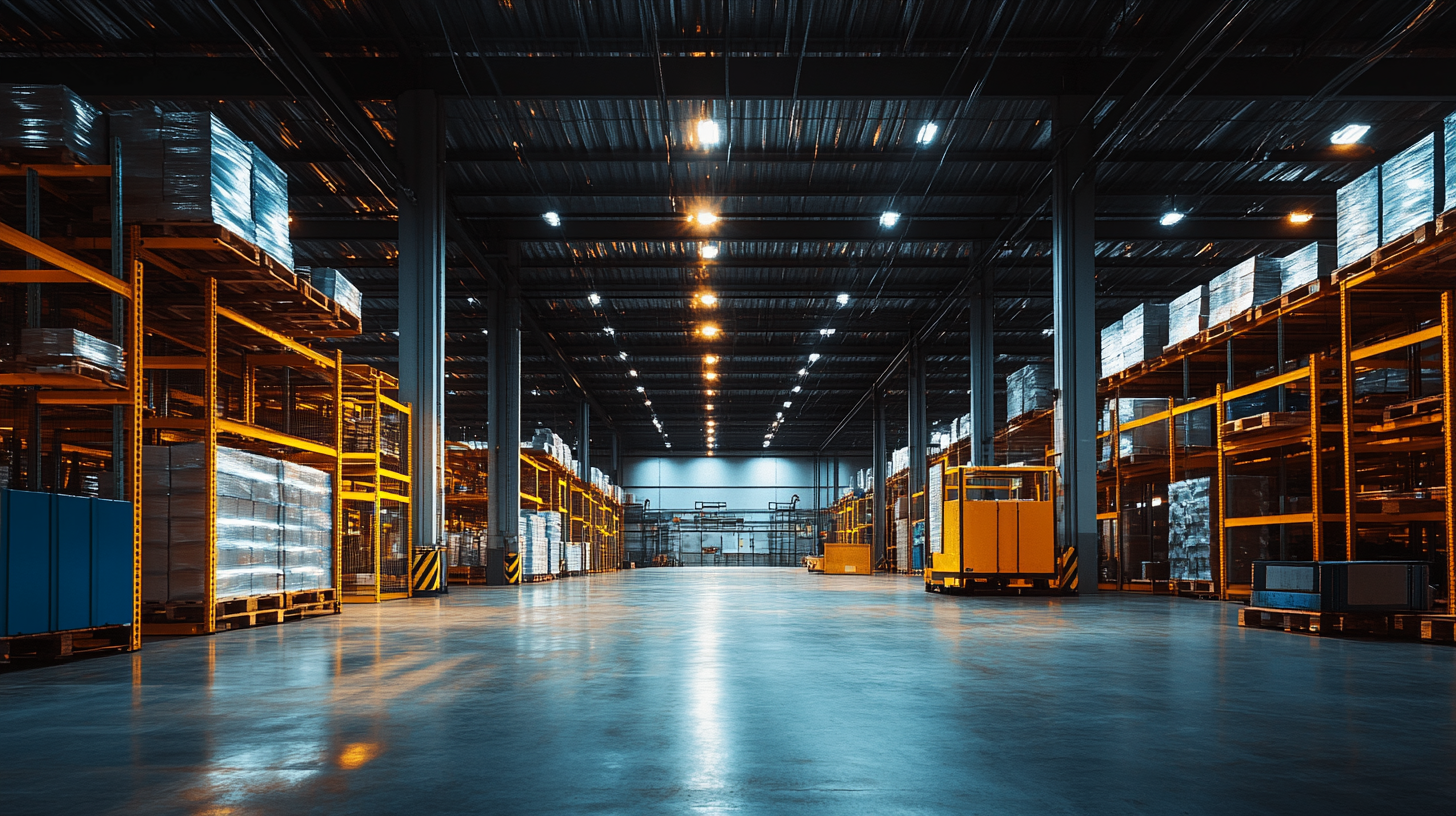Advantages of Embracing LED Lighting for Sustainable Procurement
In recent years, the call for sustainable procurement has echoed through various industries, prompting businesses to reevaluate their operational practices. One of the most impactful changes can be found in the realm of energy consumption, particularly with the transition to LED lighting. Embracing LED lighting not only demonstrates a commitment to environmental stewardship but also delivers significant cost savings and efficiency improvements. This shift towards energy-efficient lighting solutions aligns perfectly with the broader objectives of sustainable procurement, allowing organizations to reduce their carbon footprint while enhancing overall productivity.
The advantages of LED lighting extend beyond mere energy savings. These innovative lighting solutions offer longevity, reduced maintenance costs, and improved light quality, making them a wise choice for both commercial and residential applications. As companies strive to make more informed procurement decisions, integrating LED lighting into their operations not only serves as a hallmark of responsible business practices but also positions them as leaders in sustainability. In this blog, we will explore the numerous benefits of adopting LED lighting and how it contributes to a more sustainable future for businesses and communities alike.

Benefits of LED Lighting in Reducing Energy Consumption
LED lighting has emerged as a game-changer in enhancing energy efficiency across various sectors, particularly in data centers and innovative agricultural practices like vertical farming. By integrating advanced LED strategies, data centers can optimize their operations not only for energy consumption but also for safety and sustainability. The shift from traditional lighting systems to LED solutions contributes significantly to reduced energy costs, showcasing how tailored lighting plays a crucial role in broader efficiency initiatives. In the realm of vertical farming, Purdue University researchers have developed simple LED lighting techniques that elevate crop yields while curbing energy expenditures. These innovations illustrate the practical benefits of LED lighting, as they not only support sustainable agricultural practices but also align with global efforts to achieve the United Nations’ Sustainable Development Goals, emphasizing climate action and affordable clean energy. As organizations worldwide adopt LED technologies, the pathway towards enhanced energy efficiency becomes clearer, offering a multitude of advantages that extend beyond mere cost savings.

The Role of LED Lighting in Minimizing Environmental Impact
LED lighting has emerged as a pivotal component in the quest for sustainability, particularly for businesses committed to minimizing their environmental impact. Unlike traditional incandescent or fluorescent lights, LED lights are designed to be energy-efficient, consuming significantly less power while providing the same or even greater levels of illumination. This reduction in energy use translates directly to lower carbon emissions, making a substantial difference in the fight against climate change.
Moreover, LED lights boast a longer lifespan compared to conventional lighting options. With an operational life that can exceed 25,000 hours, LEDs reduce the need for frequent replacements, which not only conserves resources but also diminishes waste. This longevity contributes to a circular economy where materials are utilized efficiently, fostering sustainable practices in procurement and resource management.
Additionally, LEDs contain no harmful substances, such as mercury, which is commonly found in fluorescent bulbs. This attribute minimizes the risk of environmental contamination and promotes safer disposal processes. By integrating LED lighting into their operations, companies can make a significant contribution to pollution reduction and enhance their sustainability credentials, aligning with global efforts to create a healthier planet for future generations.

Cost-Effectiveness of LEDs in Long-Term Sustainable Procurement
As organizations increasingly prioritize sustainability in their operations, the adoption of LED lighting has emerged as a pivotal element in long-term procurement strategies. LEDs not only offer notable energy efficiency but also promise significant cost savings over their lifespan. While the initial investment may be higher than traditional lighting, the reduction in energy consumption and maintenance costs swiftly outweighs this upfront expenditure. This makes LEDs a smart choice for businesses aiming to balance financial performance with environmental responsibility.
Furthermore, the shift towards digital procurement methods enhances the visibility of these savings. By utilizing advanced procurement technologies, organizations can track energy usage and costs associated with different lighting solutions in real time. This data-driven approach empowers procurement teams to make informed decisions that align with both economic and sustainability goals. In a landscape where procurement is evolving into a strategic, service-based model, embracing LED technology contributes not only to energy efficiency but also reinforces a commitment to sustainable practices that resonate with modern stakeholders.
In summary, the transition to LED lighting stands out as an effective avenue for organizations seeking to enhance their sustainable procurement frameworks. The simultaneous benefits of cost-effectiveness and strategic alignment with sustainability initiatives position LEDs as a key component in contemporary procurement strategies, ultimately driving business value while fostering a greener future.

Enhancing Quality of Life with LED Lighting Solutions
LED lighting solutions have emerged as a beacon of innovation, significantly enhancing the quality of life across various environments. Unlike traditional lighting options, LED lights not only offer superior energy efficiency but also deliver improved visibility and comfort. The soft, consistent glow of LED lighting reduces eye strain and enhances focus, making it an ideal choice for workplaces, schools, and homes alike. With the capability to mimic natural daylight, LEDs foster a healthier atmosphere that can boost productivity and well-being.
Moreover, the versatility of LED technology allows for creative and adaptive lighting solutions that cater to personal preferences and specific needs. Whether it's adjusting brightness levels in a cozy living room or utilizing dynamic colors in a public space, LED systems can transform an environment into a more inclusive and engaging experience. This adaptability can lead to increased social interactions and a sense of community, as well-designed lighting can encourage people to gather and engage in their surroundings.
In addition, the long lifespan and reduced maintenance requirements of LED lighting contribute to a lower environmental impact, aligning with sustainable practices that enhance quality of life. By choosing LED solutions, individuals and businesses not only enjoy immediate benefits like lower energy bills but also contribute to a more sustainable future. As communities increasingly prioritize environmental responsibility, embracing LED lighting is a crucial step towards creating brighter, healthier living spaces for all.
Innovative Trends in LED Technology for Sustainable Development
The rapid evolution of LED technology is paving the way for innovative solutions that significantly bolster sustainable development. By embracing advancements in LED lighting, businesses can radically reduce their energy consumption and carbon emissions. New designs, such as smart LED fixtures equipped with sensors, adapt to different lighting needs based on occupancy and natural light levels, ensuring optimal energy use throughout the day.
Moreover, LED technology is increasingly integrating IoT capabilities, allowing for centralized control and monitoring of lighting systems. This connectivity not only enhances energy efficiency but also fosters a greater ability to manage resources responsibly. For example, businesses can analyze usage patterns and make informed decisions about their lighting needs, further reducing waste and contributing to a more sustainable operational footprint.
The trend towards tunable white LEDs also highlights the focus on human-centric design. These fixtures can adjust color temperature to enhance workplace productivity and well-being, reflecting a growing understanding of the relationship between lighting and human performance. As companies prioritize employee wellness alongside sustainability, this innovative approach to LED lighting signals a shift toward more thoughtful and responsible procurement practices in the quest for a greener future.


